Supposed flaws in Boston’s 15-year-old emergency response system prompted city councilors and representatives from the city’s emergency units to update and alter current emergency procedures.
Representatives from Boston police, fire and emergency medical services spoke before the Boston City Council’s Public Safety Committee at City Hall Tuesday to address possible gaps in communication in the emergency dispatch system.
The committee convened to discuss lessons learned from several high-profile incidents, most notably the Nov. 14 collision between two trains at the Boylston MBTA station when a trolley bumped into the back of another trolley during rush hour, a Nov. 14 Boston Globe article reported. Seven people were sent to hospitals with complaints of neck and back pain, according to the article.
Council members asked the representatives for any suggestions to prevent similar mistakes from happening in the future.
Boston EMS Medical Director Peter Moyer said that an MBTA rider called 911 when the trains collided, and EMT responded and treated passengers at the scene instead of notifying other agencies.
‘In hindsight, we should have notified the fire department after we knew it was a minor collision,’ he said.
Public Safety Committee Chairman Stephen Murphy said that the poor communication among organizations has affected response systems.
‘Our society has seen a revolution in terms of communication, there are however hopefully rare instances where it breaks down,’ he said.
Murphy said the committee will support an update to the current dispatch system’s method of calls. New technology would take the location of a call into account and assess the proximity of neighboring emergency services even if they do not traditionally respond to those types of calls.
Representatives from emergency services said internal reviews are performed to pin point problems and come up with solutions where mistakes are made.’
‘We don’t need any legislation to strive for 100 percent, we are working day in and day out to achieve that goal,’ Boston EMS Superintendent Brendan Kearney said.
Council members and the safety representatives agreed that public safety is the top priority, not battles between the emergency departments over jurisdiction.
Moyer told the city council the dispatch territories in place are designed for public safety.
‘I look at these cases from a medical perspective ‘-‘- turf has nothing to do with it,’ he said. ‘We have to carefully measure the value of work you do on the scene versus the time it takes.’
Representatives said dispatch and crew do the best they can in an unfortunate situation, but the mapping system used to coordinate emergency units around Boston is almost 15 years old, the councilors and representatives said.’ The aging infrastructure handles approximately 1 million 911 calls per year, most of which are handled without a problem, the councilors and representatives said repeatedly.
Police, fire and EMS officials said they convene regularly to discuss new ways to improve communication between the branches.
The Council on Public Safety requested updates on any changes or decisions in order to maintain an active role.
‘We are in the business of saving lives, Councilor Charles Yancey (Dorchester, Mattapan) said.
‘ ‘If we can save one additional life with a response by the fire department, we should do it,’ Yancey said.







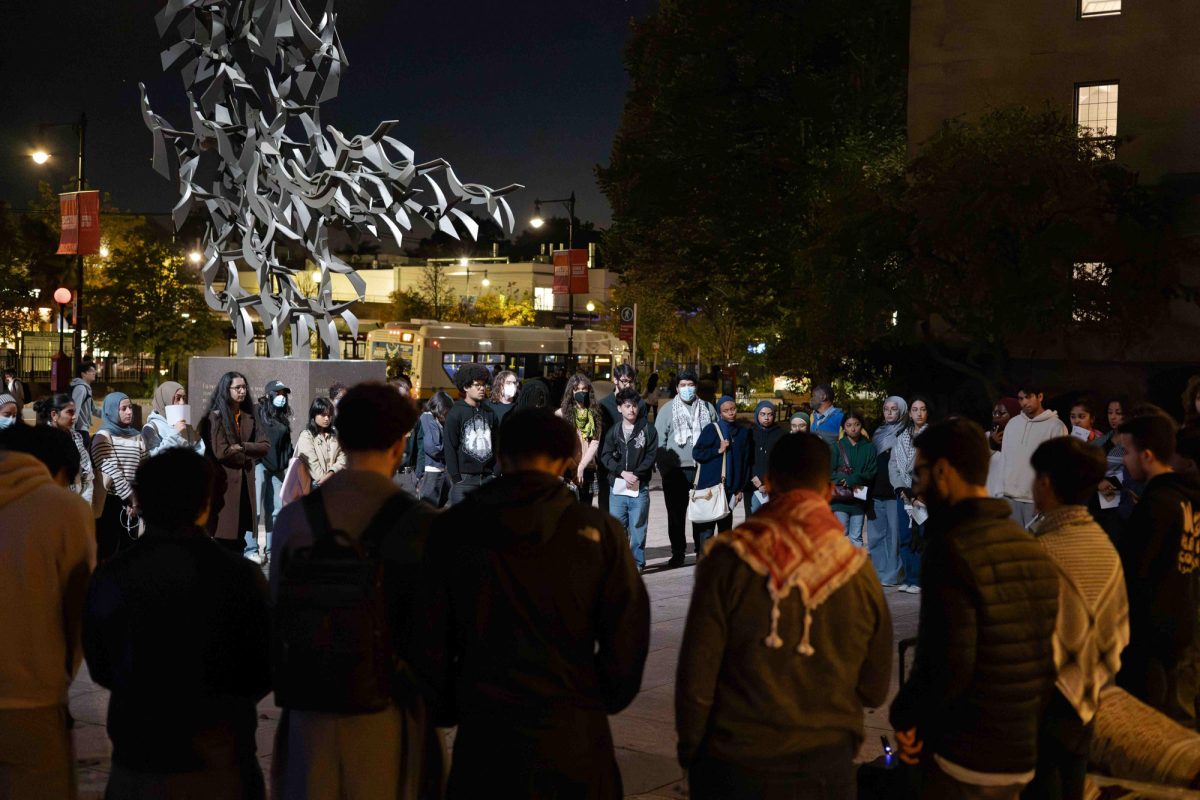

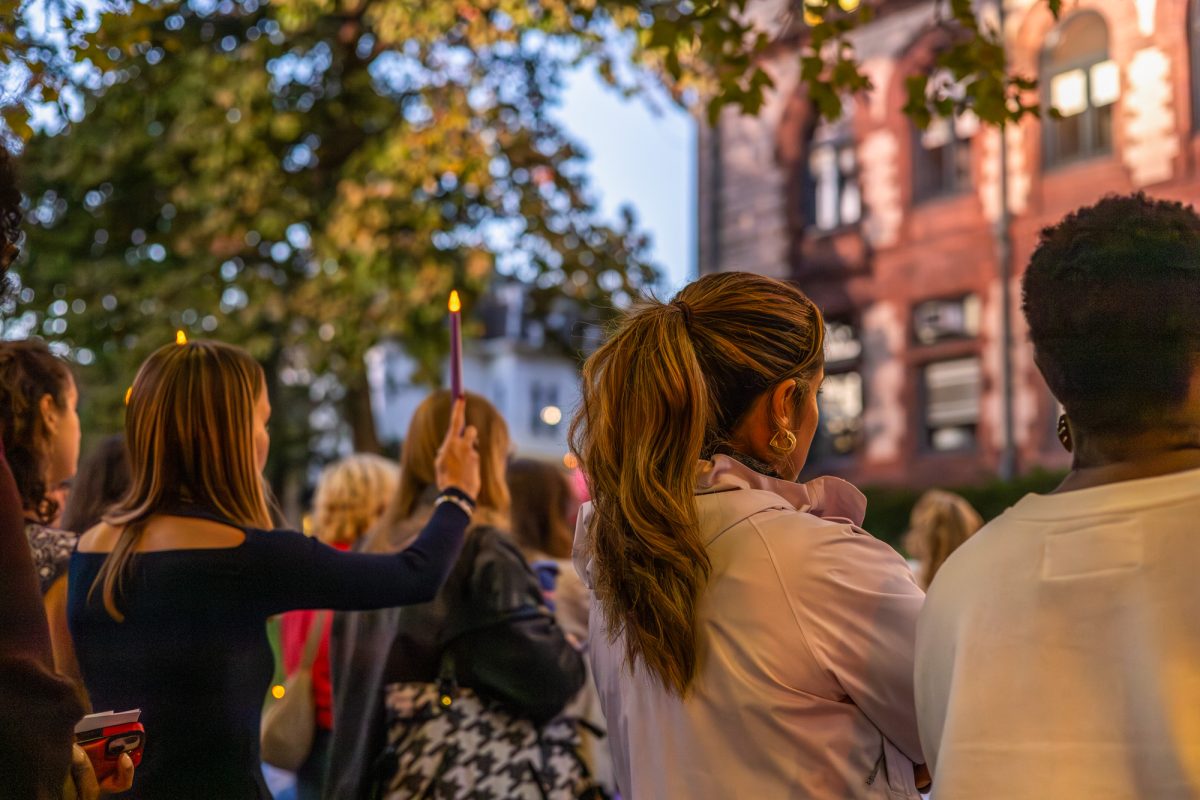
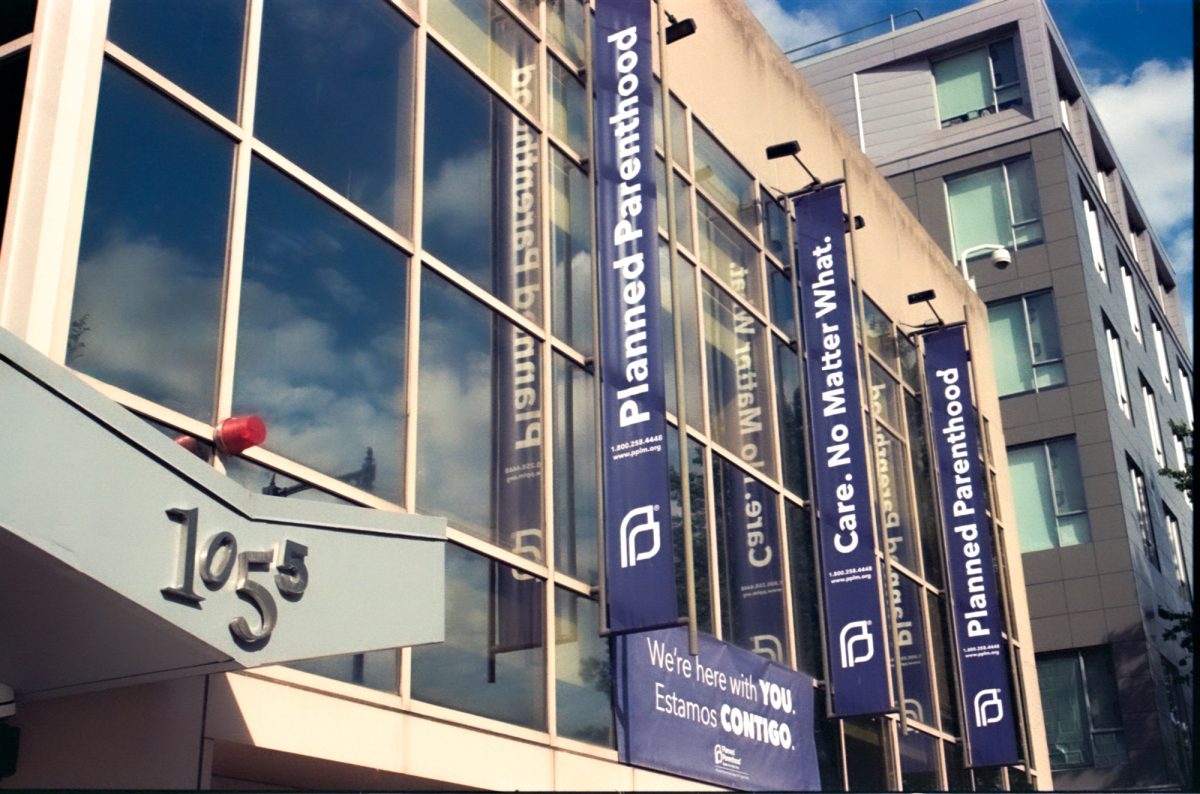
















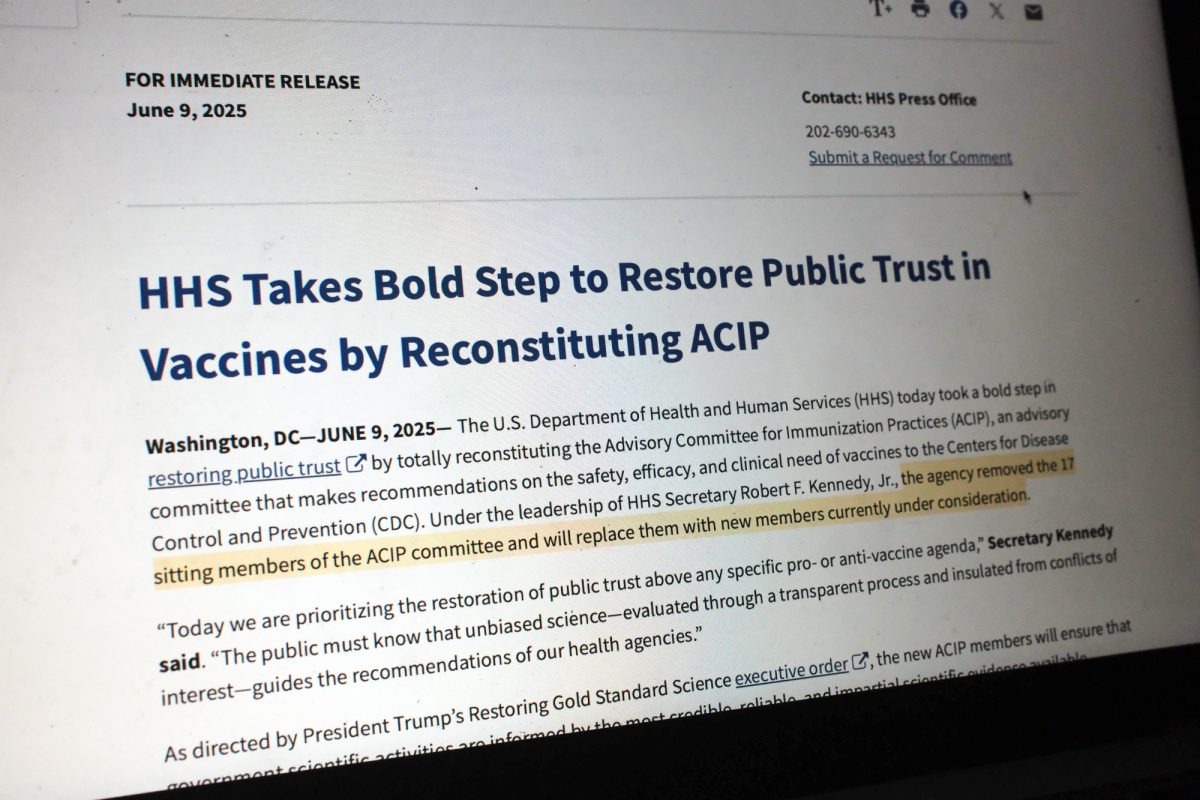












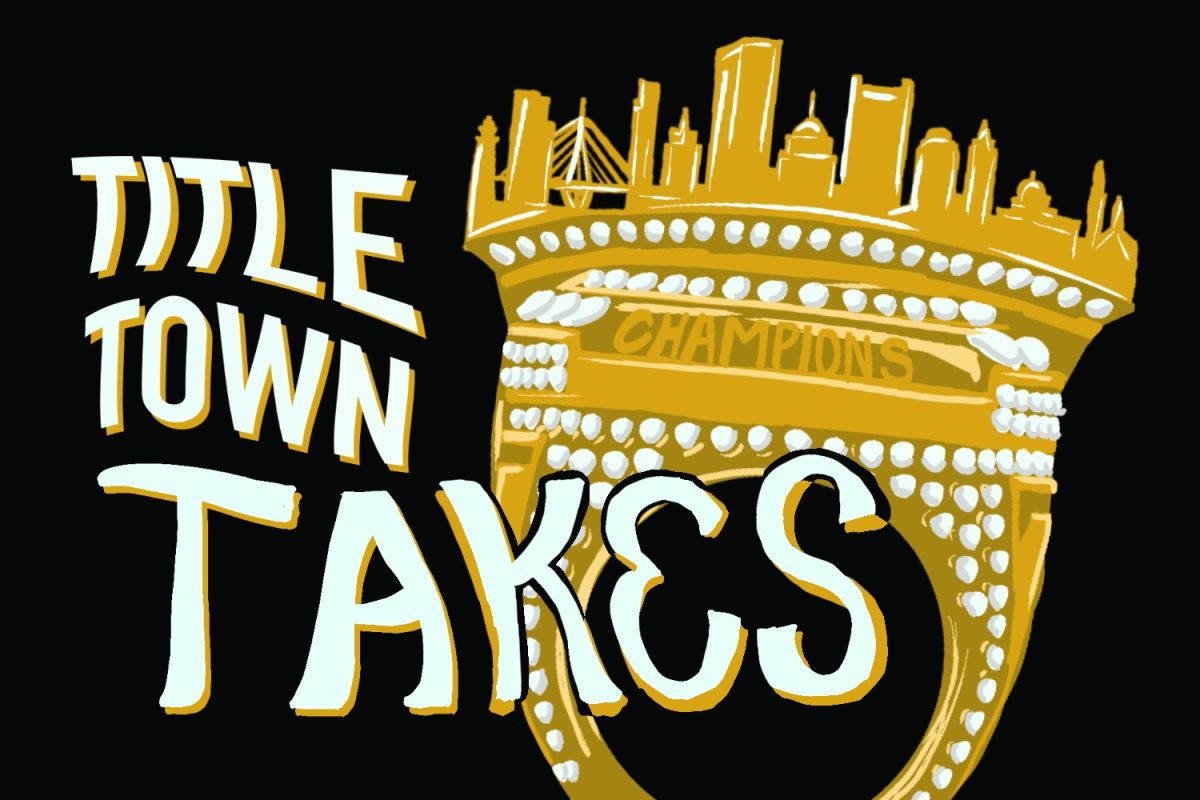
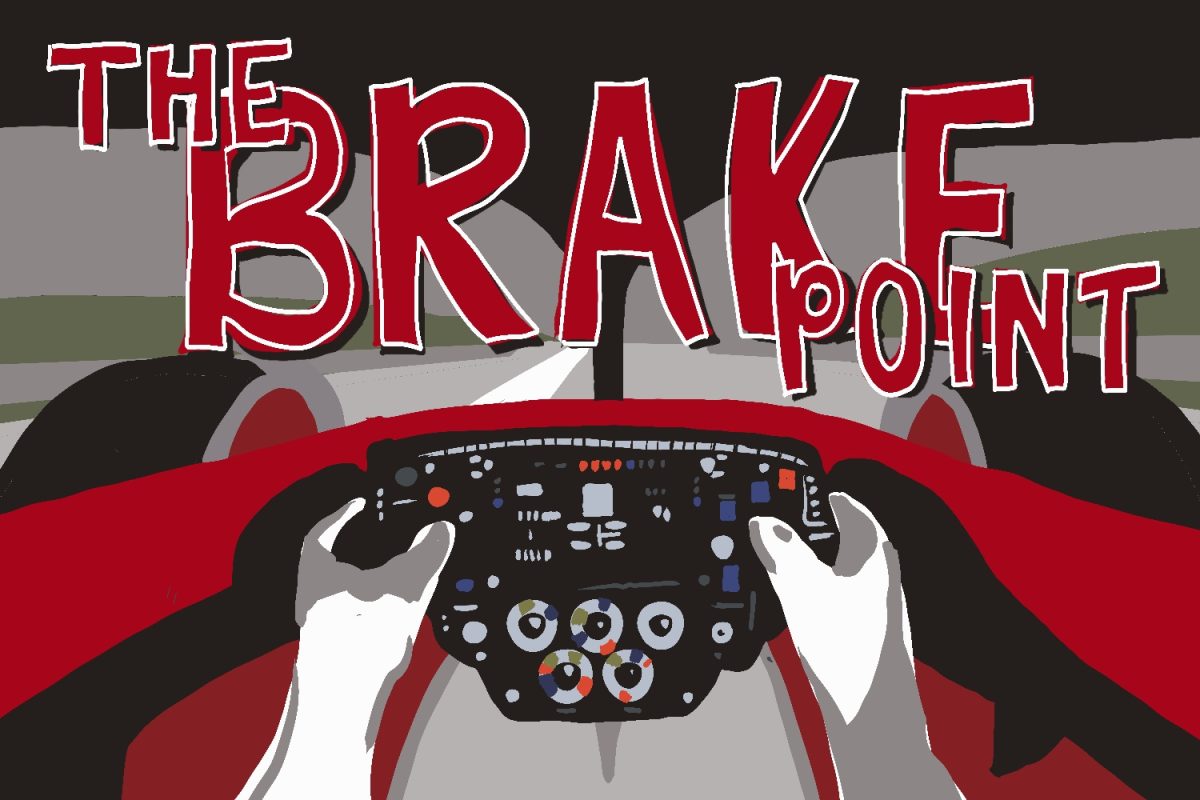







































































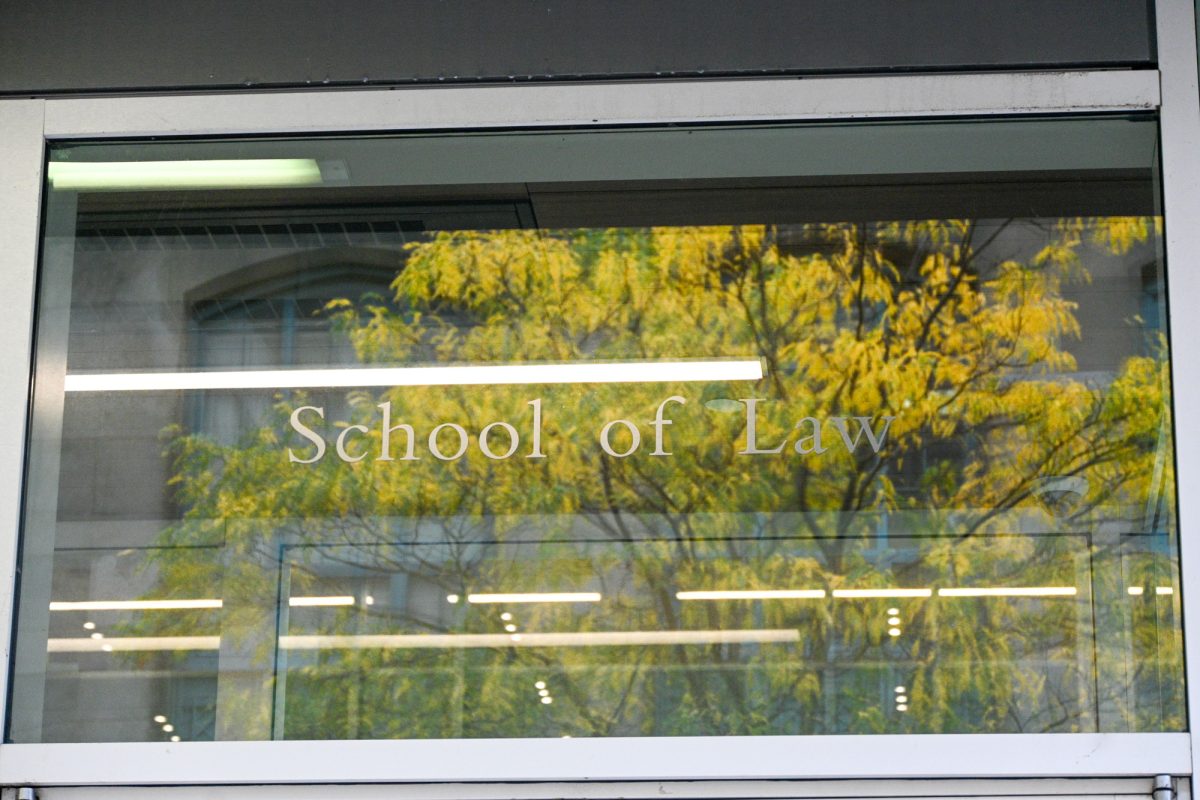
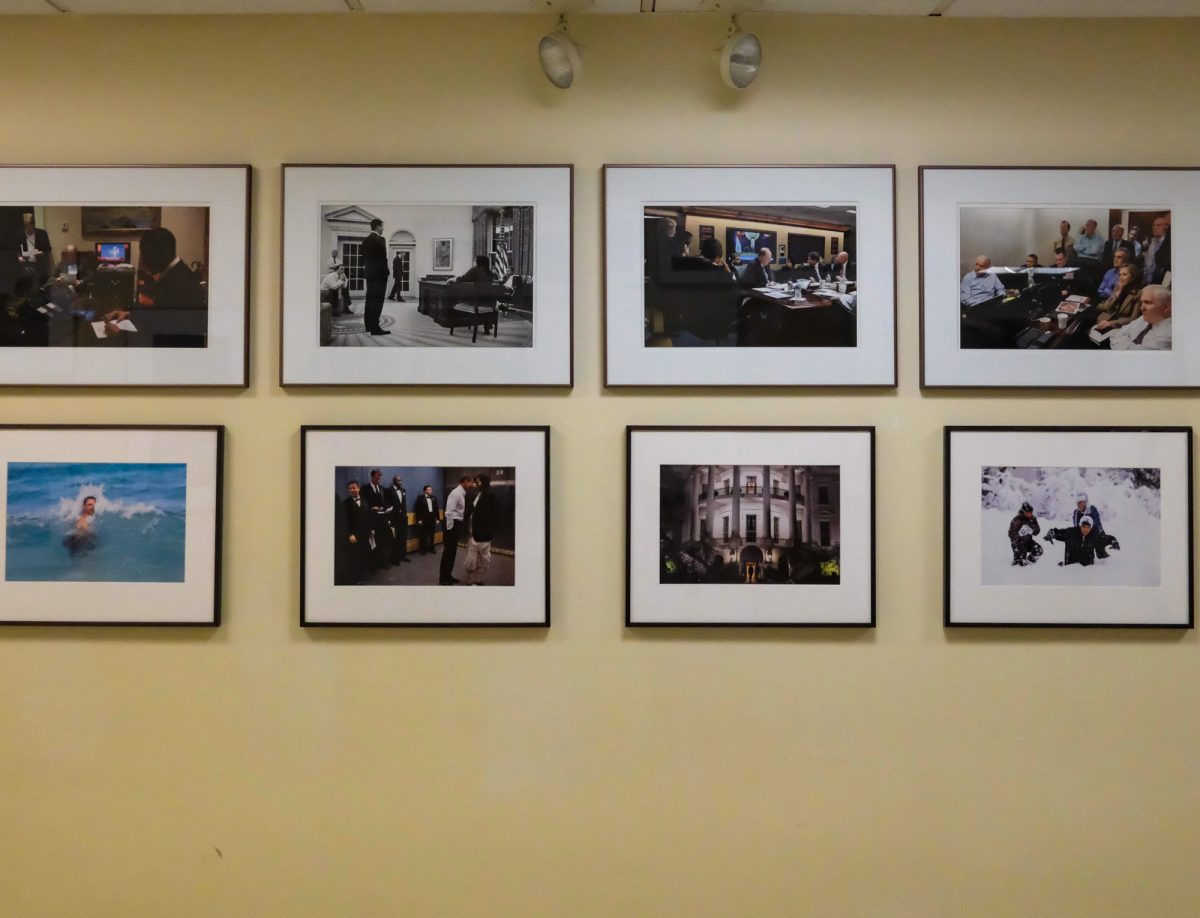
Fred Dowd • Aug 3, 2010 at 2:20 pm
This is a great article. Well written and informative.